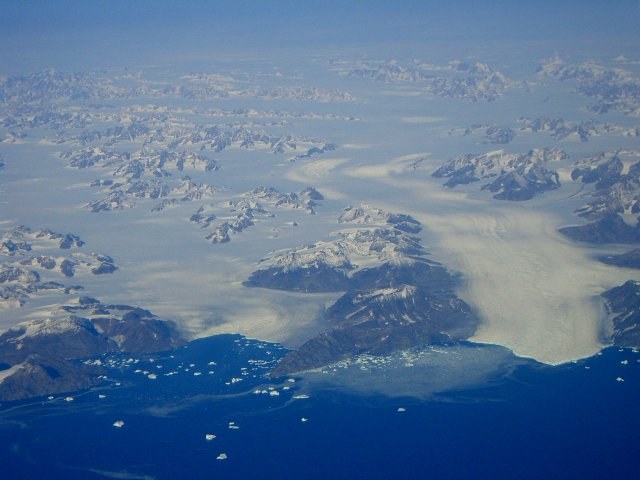Pre-launch campaign in Iceland for the ADM-Aeolus satellite mission

Scientists from the DLR Institute of Atmospheric Physics travelled to Iceland for the last of a series of DLR-led technology demonstration campaigns for ESA’s meteorological satellite mission, ADM-Aeolus. Its closeness to Greenland and the Atlantic storm track region made the island a perfect base for the test flights with DLR's Falcon research aircraft.
The team spent two weeks in Iceland, performing a total of six flights over Iceland, over the ocean between Iceland and Greenland and over the Greenland glacier plateau.
During the flights, spectacular measurements of very strong winds flowing off the Greenland plateau and over the northern Atlantic Ocean were made. These are referred to as katabatic winds and are narrow, strong regions of wind blowing from the cold mountain plateau of Greenland down the steep mountainsides and out over the ocean, causing large waves. The campaign also included measurements over sea-surfaces with strong surface winds and over the heart of a low-pressure region.
ESA’s ADM-Aeolus satellite will be the first space mission to directly measure wind profiles on a global scale. By doing so, the mission will improve the accuracy of weather forecasting and advance our understanding of atmospheric dynamics and processes relevant to climate variability.
In order to probe Earth's atmosphere from space to measure wind speeds, ADM-Aeolus will carry a sophisticated instrument that utilises a phenomenon called 'light scattering' and the Doppler effect to acquire data. The innovative instrument is called ALADIN, short for Atmospheric Laser Doppler Instrument.
